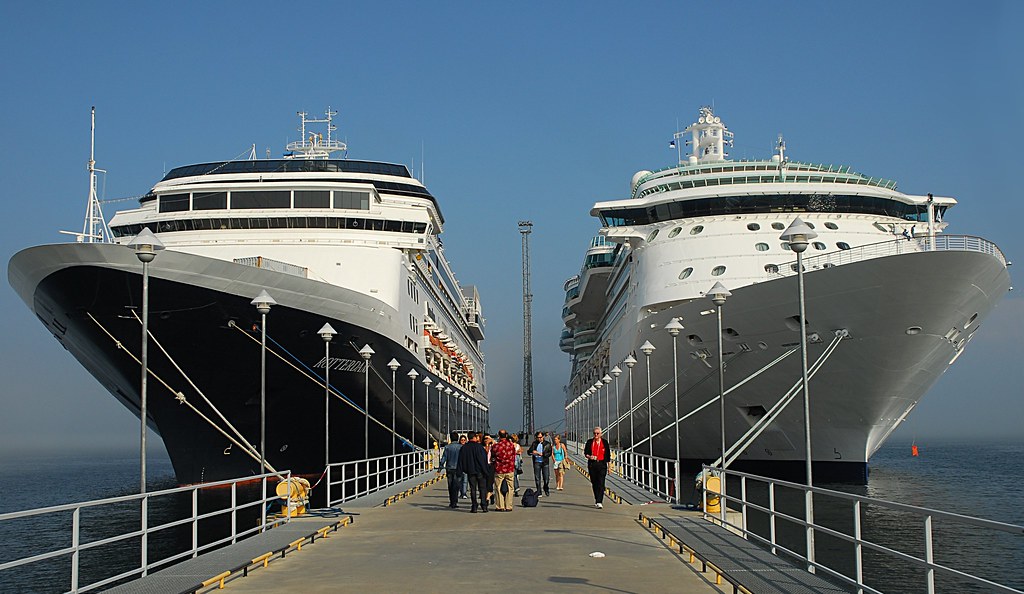One of the biggest worries for the travel industry post-COVID was whether the cruise market would bounce back as hoped, similar to air travel. Well, the answer seems to be a resounding “yes,” looking at the latest results and upcoming projects.
Almost 38 Million Cruise Passengers in 2025?
The cruise industry is thriving. In 2023, the sector already saw 31 million passengers, reaching pre-pandemic numbers. And 2024 has been even better, with 34.6 million people sailing the world’s oceans, generating around 170 billion in economic impact. This is a record, but it’s expected to be surpassed this year, potentially reaching 38 million cruise passengers and nearly 200 billion in revenue.
While this might not seem huge compared to the 1.4 billion international tourist arrivals worldwide in 2024, which brought in 3.3 trillion, it’s still significant for what remains a “niche sector.”
What’s Driving This Growth?
The main reasons behind these strong figures lie in the industry’s recent transformation. We’re seeing new formulas, fresh approaches, and cruises that are adapting to changing times and new audiences.
Cruises are attracting a younger, more diverse crowd. The average age of passengers is now under 50, with a more varied demographic in terms of socio-economic backgrounds, financial means, and expectations. This evolving audience is naturally driving many of the changes we’re seeing.
More Options Than Ever
This means even more last-minute booking opportunities, themed cruises of all kinds, and destinations previously less common, especially in Asia. There are also more flexible excursions to suit individual desires, mini-cruises for extended weekends, and even trends from across the pond like “adults-only cruises” for those over 18, and “naturist cruises,” which have found their niche following.
And let’s not forget the “endless cruises,” also from America, allowing retirees to spend their entire retirement on a liner in one perpetual voyage.
The Future of Cruising: New Ships on the Horizon
With the market in such good shape, cruise operators are also investing in new shipbuilding projects. In Europe, France, alongside Finland, is at the forefront of this expertise.
A recent example is MSC Cruises’ €3.5 billion contract with Chantiers de l’Atlantique in Saint-Nazaire, France, for two new ships to be delivered by 2029 and 2030. These will join the global fleet of 300 liners (20% of which have a capacity of over 3,000 passengers) sailing across the globe.

